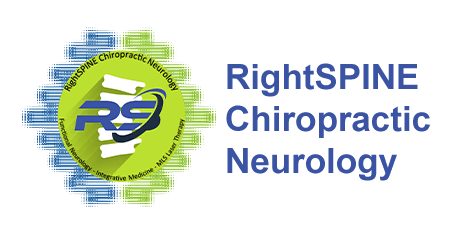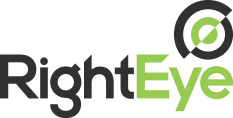RightEye measures and treats more than you can see.
Vision is more than 20/20 eyesight. Without vision, our balance, hand-eye coordination, reading comprehension, ability to drive, catch a ball—it’s all compromised.
Uncover vision and brain health issues in minutes.
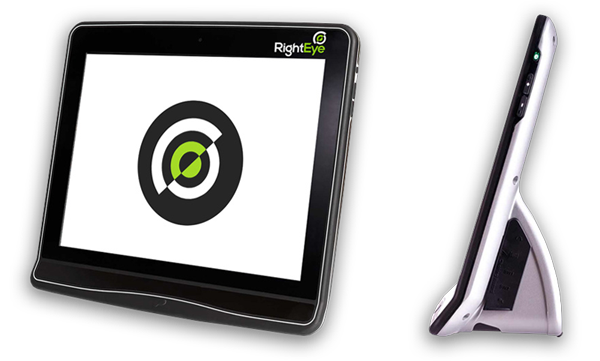
Using advanced, eye-tracking technology, the RightEye system uncovers issues that an observation-only exam cannot. This advancement is game-changing: it’s now possible to pinpoint vision and brain health issues, identify the root cause of reading problems and improve athletic performance. All from a five-minute test.
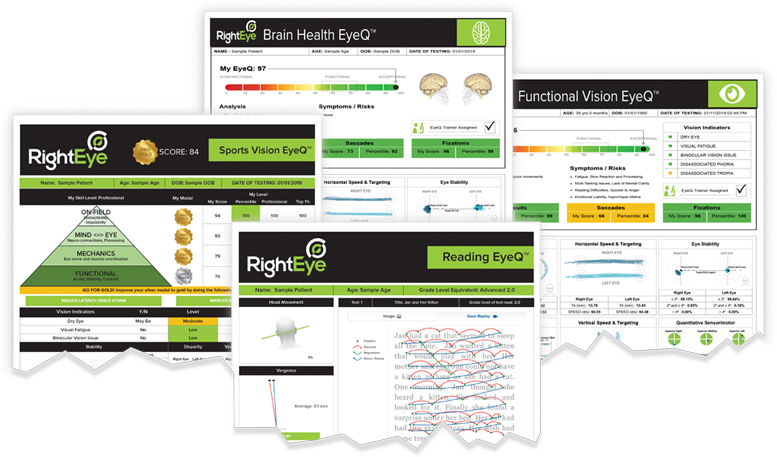
![]()
Functional Vision EyeQ

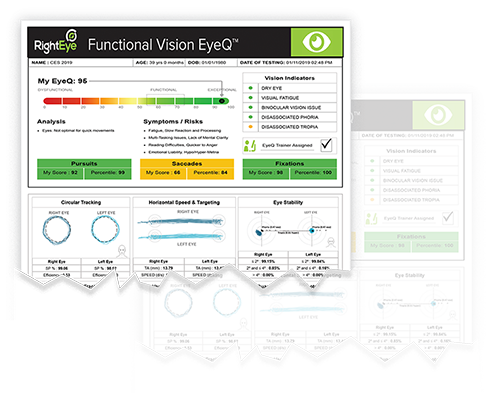
Turn a standard vision exam into more. Much more. A productive life needs more than an eye chart.
Our world is far from static. From driving a car to staying balanced on stairs and beyond, life’s most basic activities require a complex range of dynamic vision skills—skills that an eye chart cannot measure alone. The American Optometry Association (AOA) agrees, recommending that doctors evaluate for dynamic eye focusing, eye teaming and eye movement, in addition to visual acuity.
![]()
Brain Health EyeQ

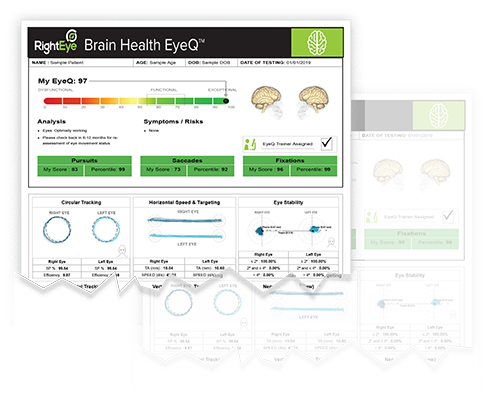
Link eye movement function to brain performance like never, ever before.
No more “follow my finger” tests.
Eye movements can reveal how well the brain is working. But the classic “follow my finger” test is limited by, well, the finger. This subjective evaluation is imprecise for even the most skilled practitioners. There has never been a high-precision measurement tool for eye tracking. Until now.
![]()
Sports Vision EyeQ
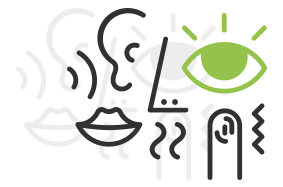
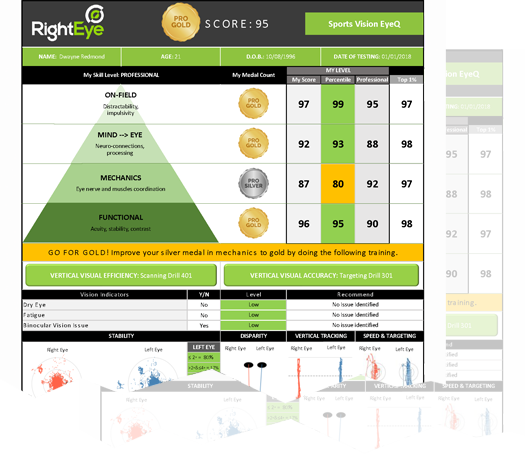
Raise athletic performance to the next level.
In sports, almost 80% of perceptual input is visual.
Even 20/20 eyesight does not mean athletes are performing at their peak. Just because they can see clearly doesn’t mean they can ascertain where an object is in space, how fast it’s traveling or if it’s changing direction.
![]()
Reading EyeQ

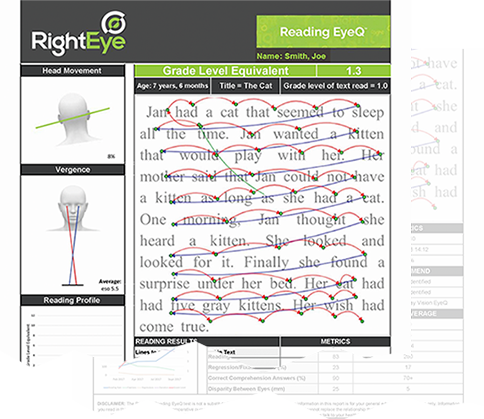
Identify and Treat Hidden Vision Issues.
One in four children has a vision problem that affects learning.
Even children with 20/20 eyesight can have vision issues at the core of their learning problems. In fact, 50% of vision disorders go undiagnosed. Why? They share the same symptoms as many learning disabilities, including letter reversals, poor handwriting, low comprehension, short attention span, disinterest and more.
![]()
Whether this is the first you’ve ever heard of eye tracking or you’re just in need of a refresher, RightEye is here for you. Don’t see your question listed below? We’re ready with answers! Additionally, you can go to RightEye.com for more answers.
Why does eye movement behavior matter?
Involuntary eye movements — typically not apparent to the naked eye — indicate visual performance and health concerns. By measuring and analyzing these otherwise imperceptible patterns, doctors can identify and offer treatment to correct a host of vision and health issues as well as increase visual performance. Remember: vision is not the same as eyesight. A person with 20/20 eyesight may still exhibit weak eye movement behaviors.
What is eye-tracking technology?
Eye-tracking technology, which is both objective and non-invasive, captures pictures of eye movements (30-250) times a second. The data produced is quantitative—meaning, it allows physicians to identify vision and health issues in a measurable way. It can assess, and improve, the experiences of athletes. And it can track recovery and identify improvements.
What proof is there that eye-tracking technology is valid?
As far back as the 1980s, eye-tracking science and research languished in the halls of academia, only occasionally stepping out into the real world. Yet, during this time, vast amounts of health and vision research and testing created a cumulative understanding of how our eyes work and how they’re connected to the brain; how injuries and illness change how our eyes function; and how eye tracking training can aid in recovery and improve vision performance.
What year was the “E” eye chart developed?
1862. It’s called the Snellen chart after its inventor, the Dutch ophthalmologist Hermen Snellen. While today most doctors use the updated LogMAR chart, it does the same thing: measures how well we see at static images at a distance of 20 feet. Yet, because we primarily rely on vision while our eyes, bodies or objects are in motion, only about 5% of vision problems are identified with an eye chart. This is insufficient for everyone—children, in particular.

